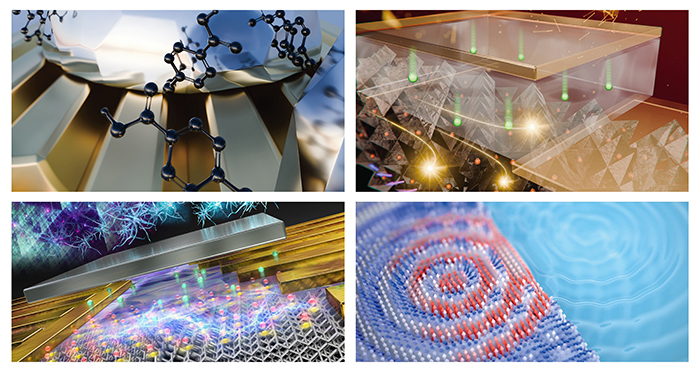 Neuromorphic Devices Group
Neuromorphic Devices Group
Creating innovative AI electronics that solve energy problems through the functionality of materials
While industrial applications of machine learning are advancing, we recognize the serious social problems they pose, such as enormous power consumption, data traffic, and processing delays. Inspired by the highly efficient information processing mechanisms of biological brains and nervous systems, we take a unique approach. We develop neuromorphic devices that utilize the spatiotemporal dynamics of various information carriers, such as ions, molecules, and spin in materials, as computational resources. This approach contributes to realizing low-power and high-performance AI electronics, a significant step forward to Society 5.0.
Areas of expertise and research interests
We are developing new principle devices that efficiently process information by utilizing the behavior of ions, molecules, and electrons in various micro/nanoregions, such as interfaces and surfaces formed by ionic conductors, semiconductors, and metals, and low-dimensional materials, such as one-dimensional nanorods and two-dimensional layered materials, to generate nonlinearity and high dimensionality similar to the human brain. Our research also focuses on developing ultrafast brain-inspired computing devices that utilize the chaotic spatiotemporal behavior of spin waves (magnon) in magnets.

Fig: Images of neuromorphic devices that utilize the spatiotemporal dynamics of various information carriers, such as ions, molecules, and spin in materials



